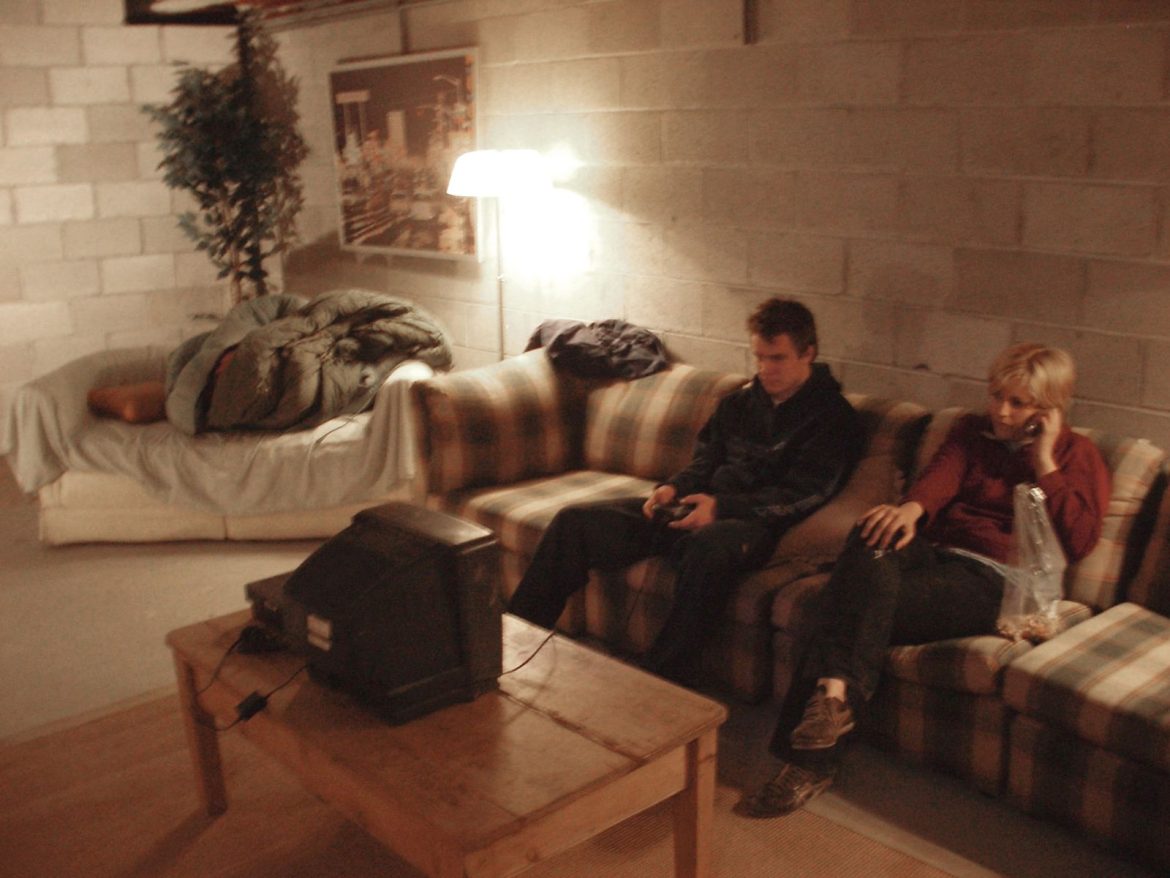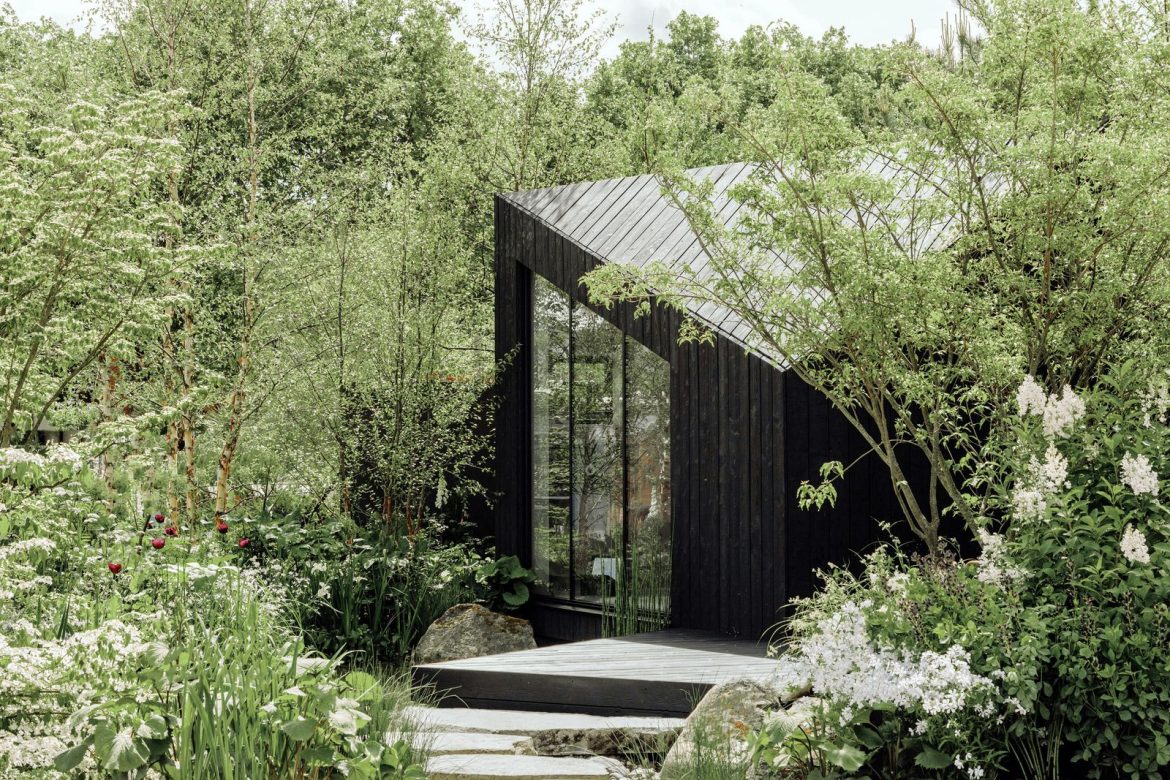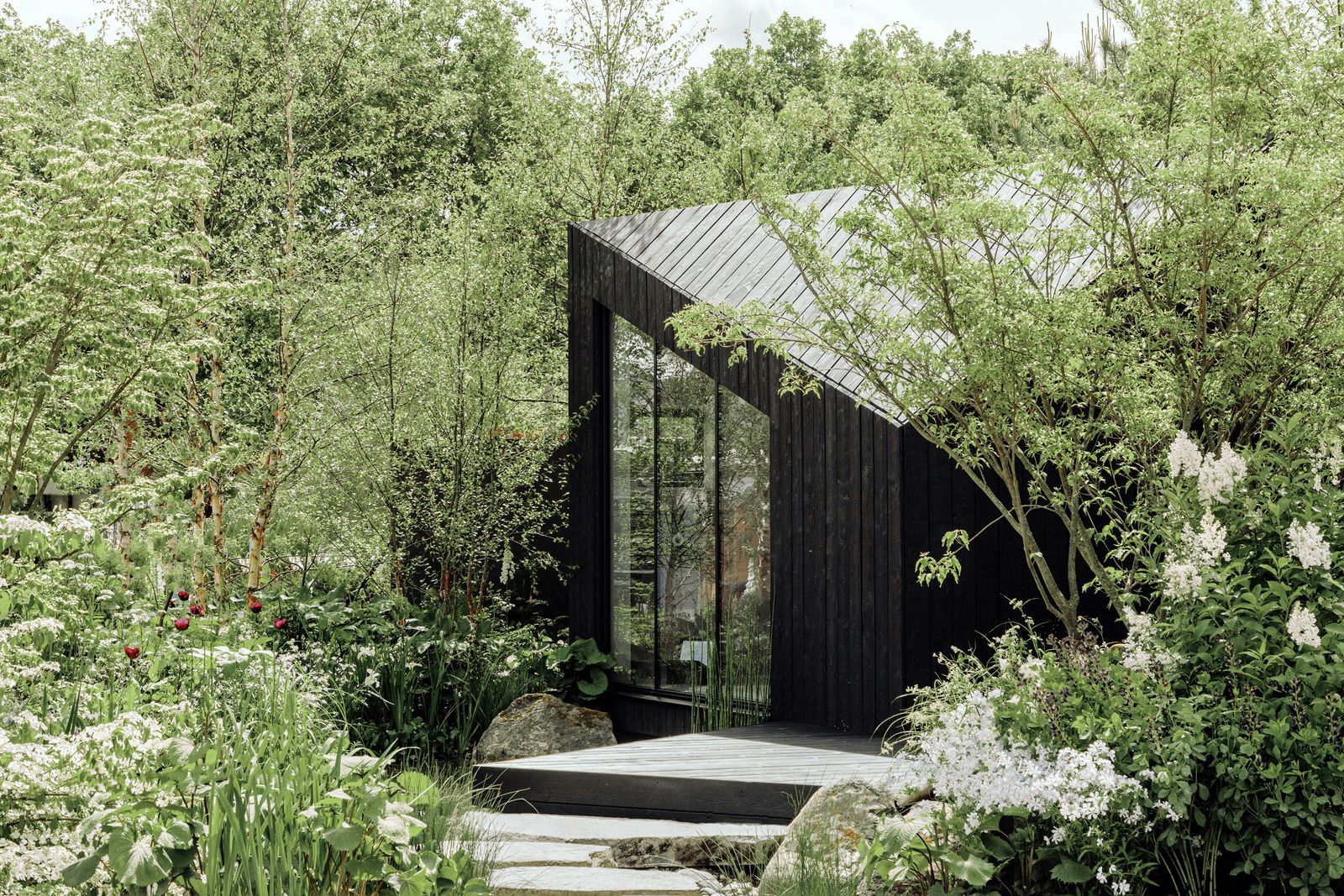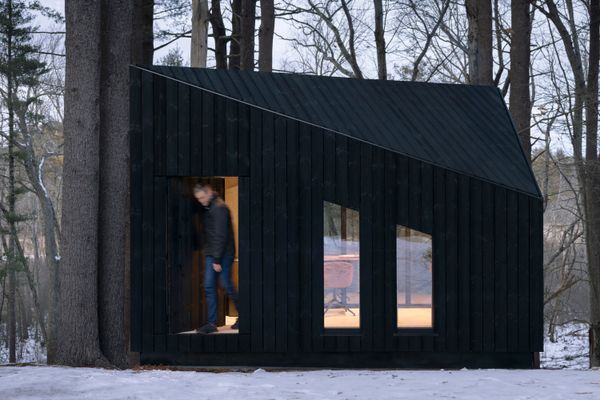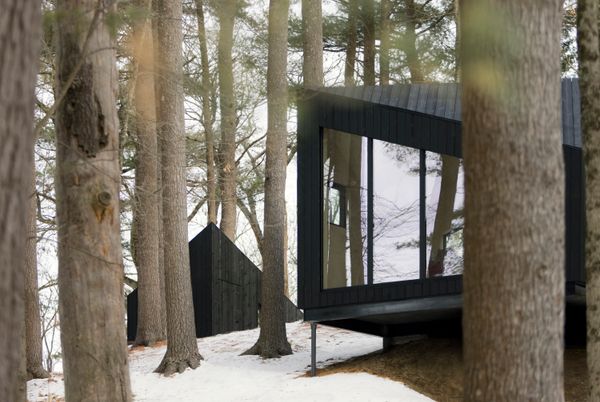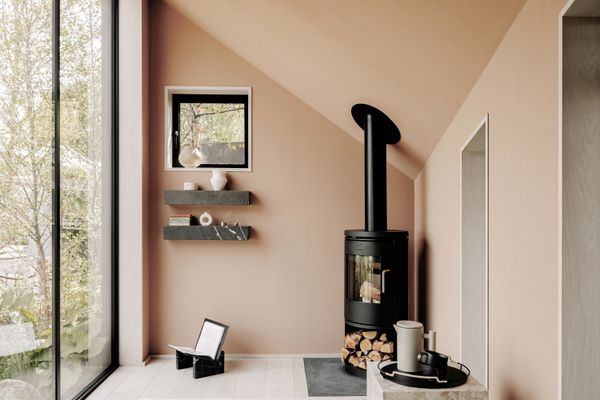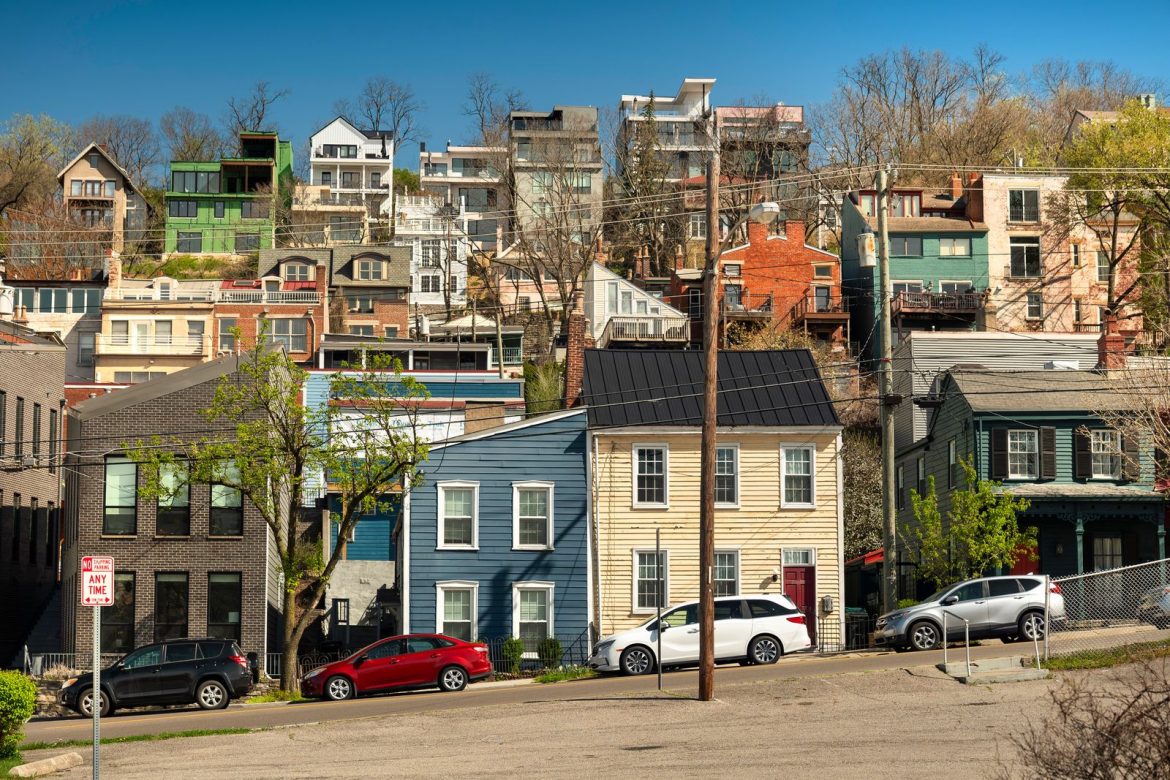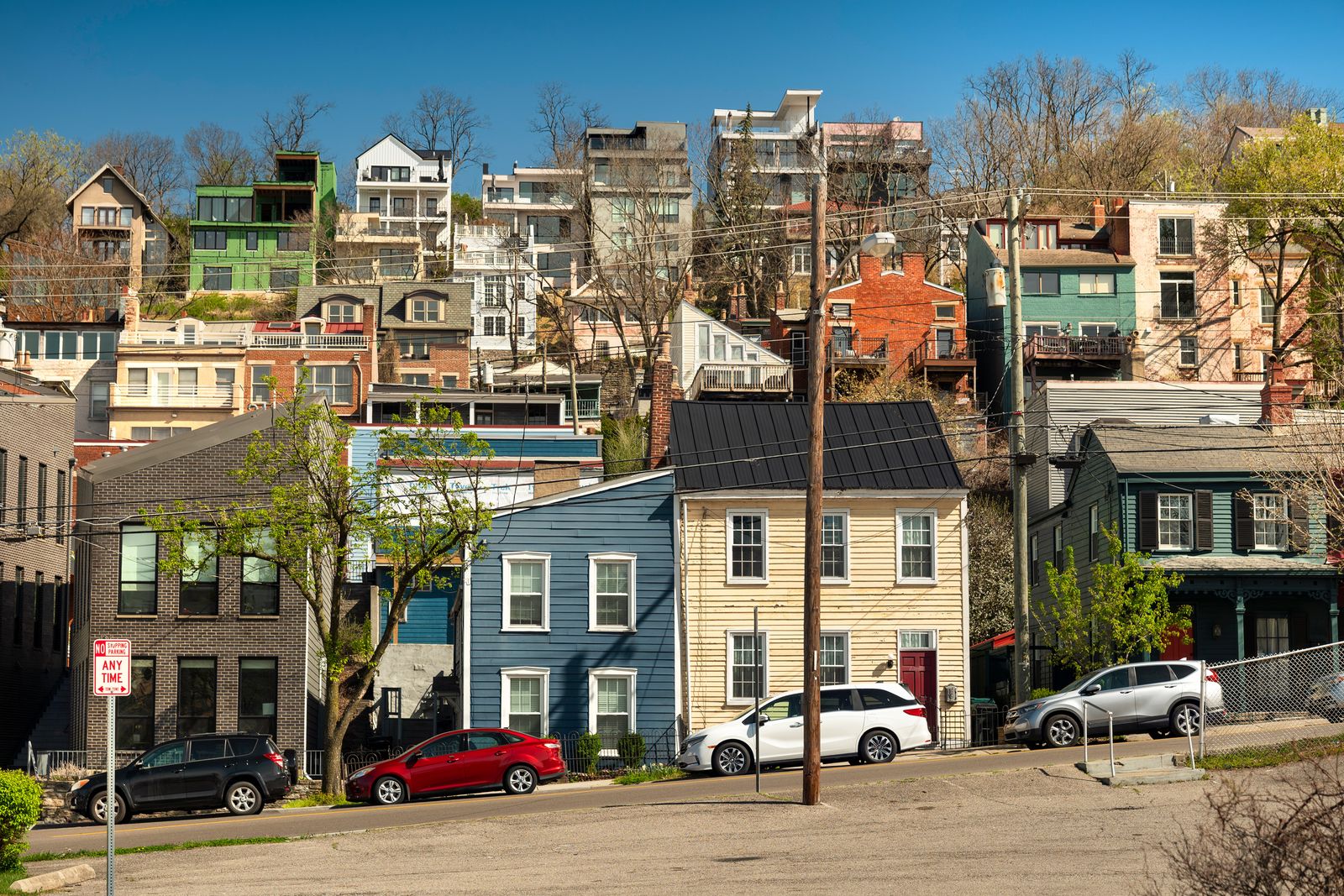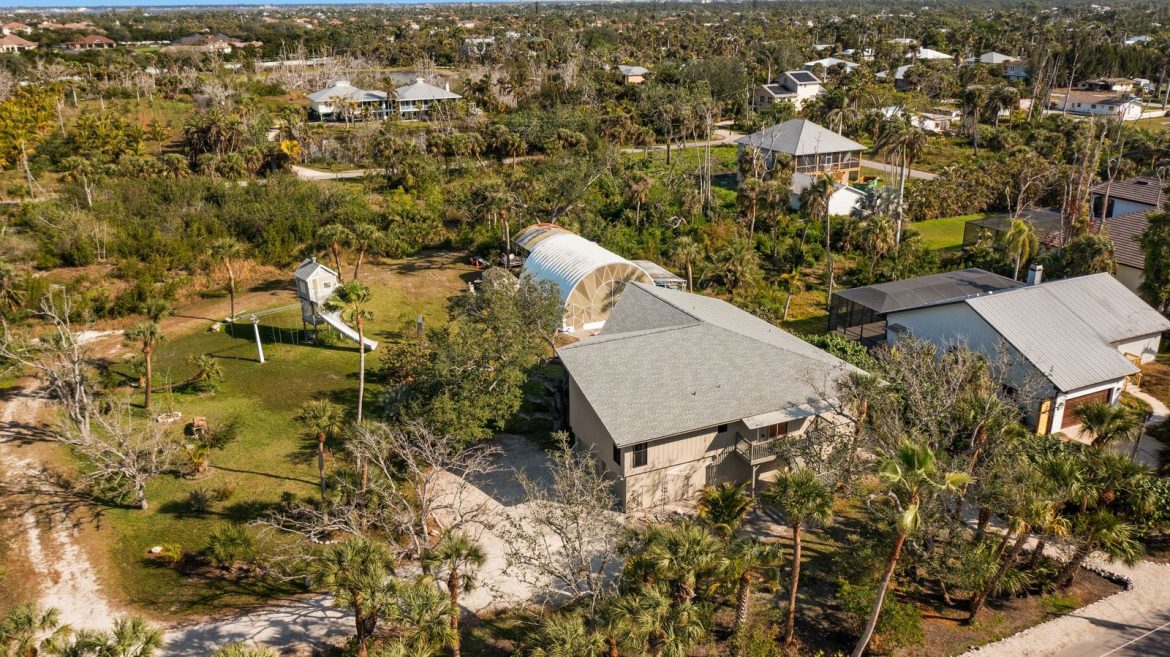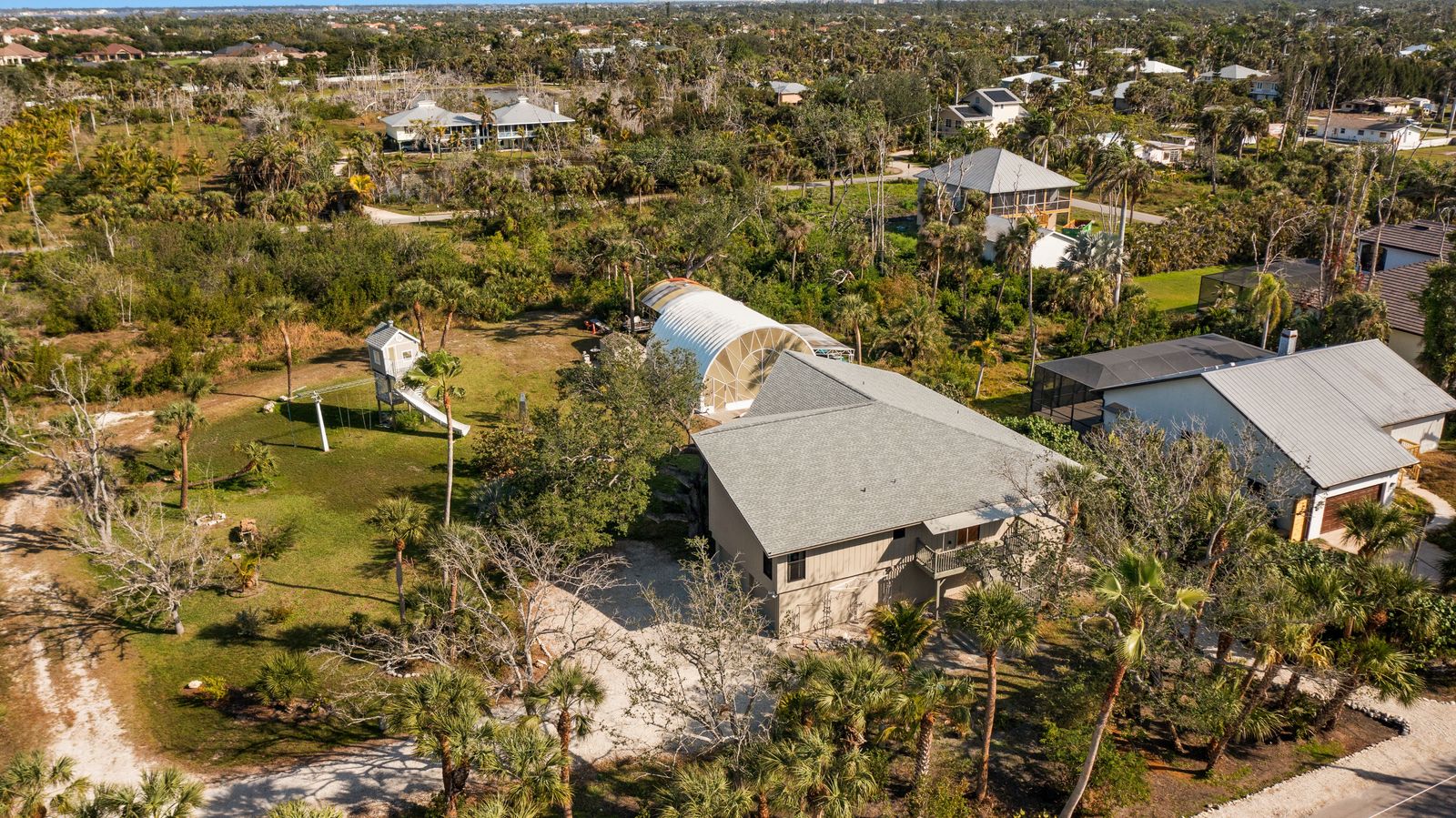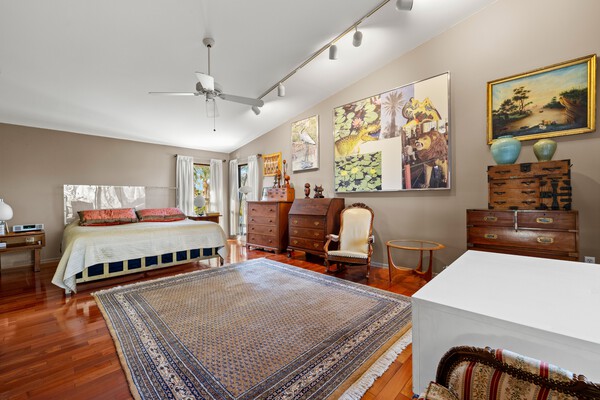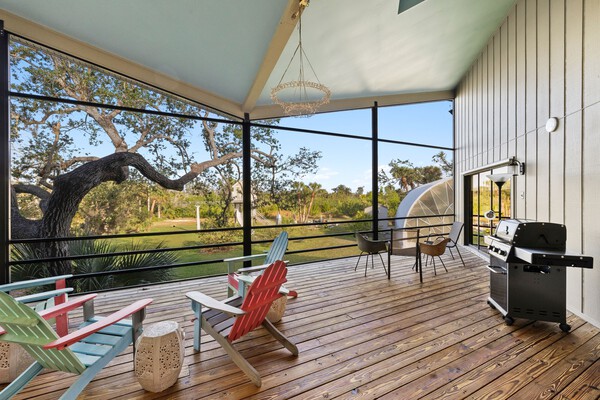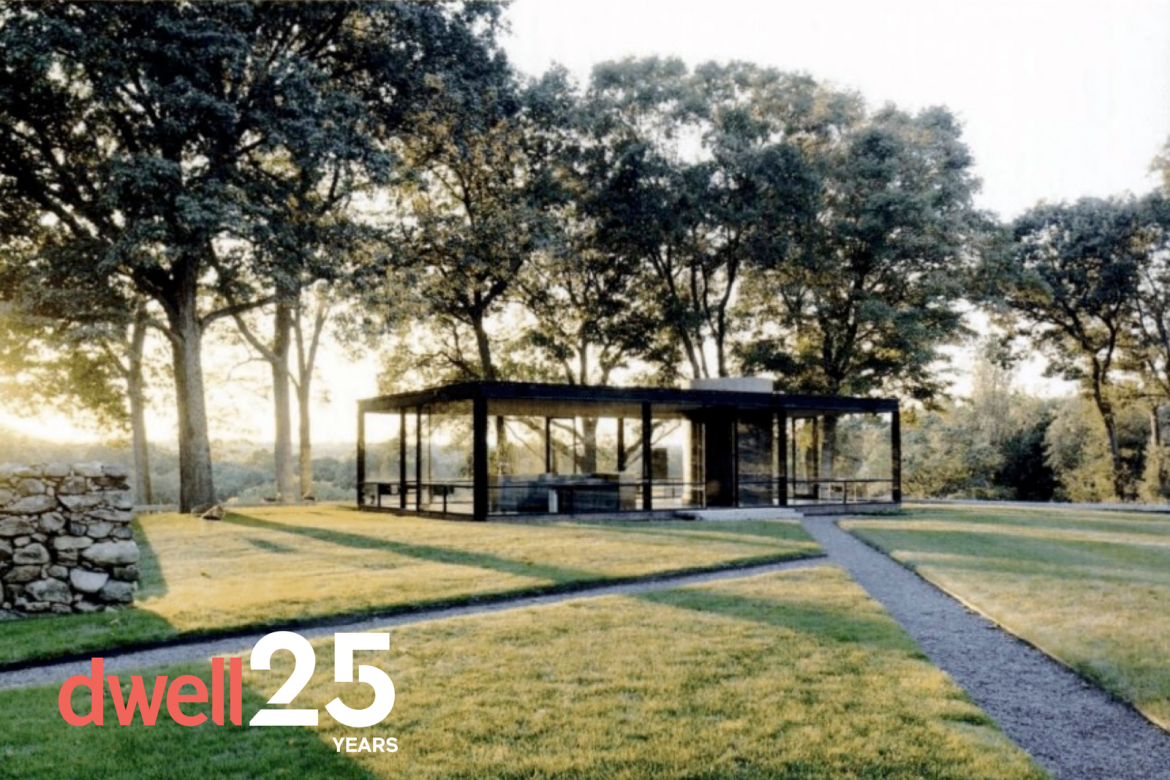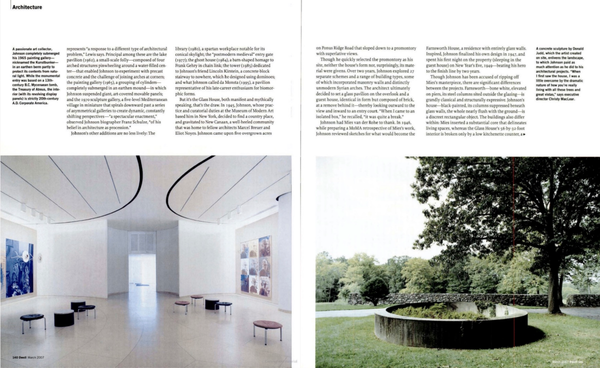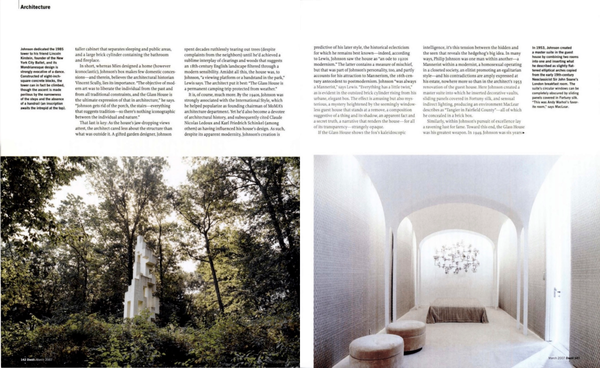A group of artists turned a hidden shopping center nook into a clandestine home: “At that time, I had a copy of Dwell and I was like, How do we make this something livable and desirable?”
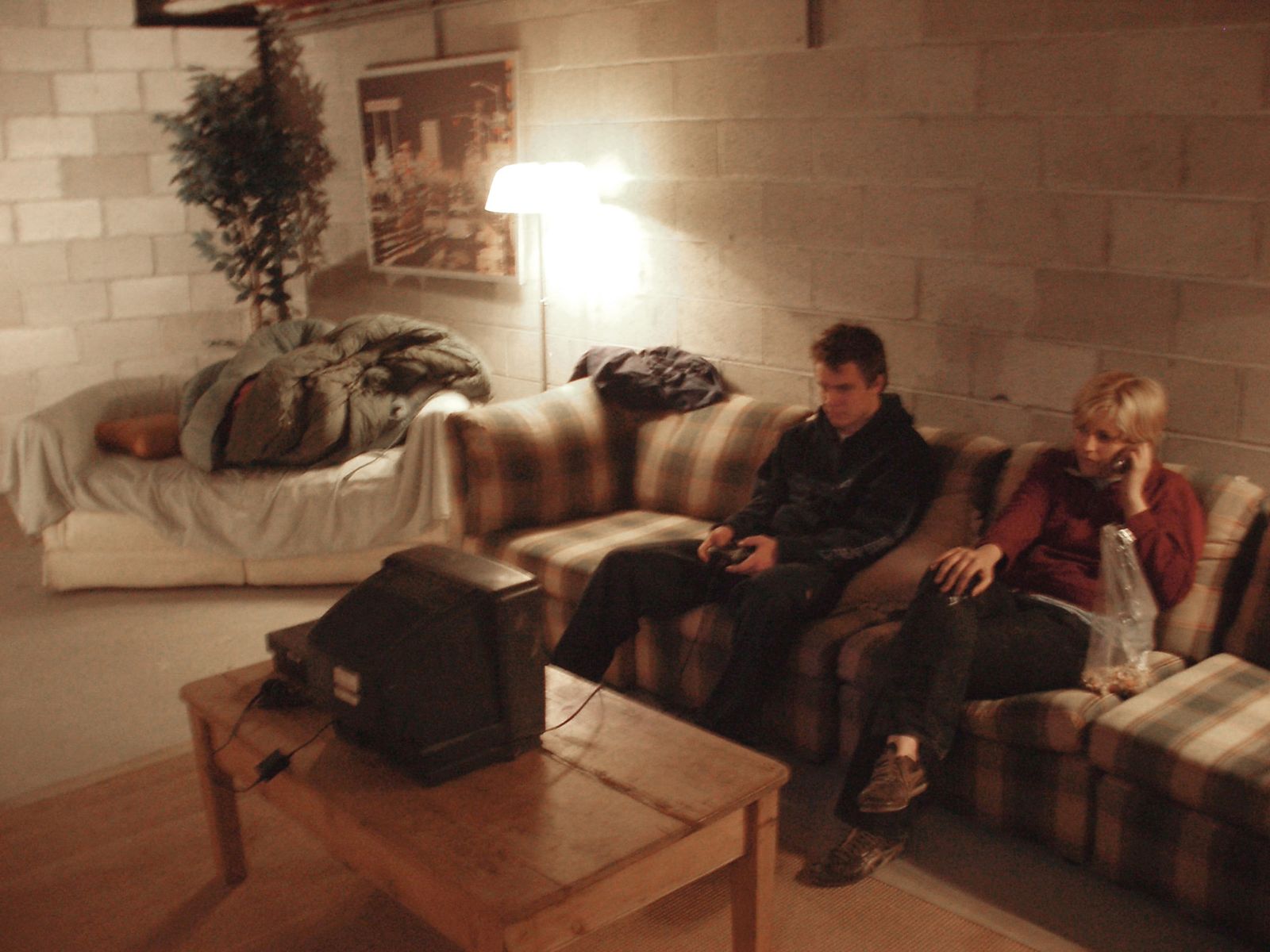
I first heard the story as a student at Brown University in 2023. It was passed down like an urban legend: Two decades earlier, eight Rhode Island artists set up camp in an off-map crawl space in the Providence Place mall. The group somehow outfitted the undeveloped corner of the colossal (and in-use) structure with the trappings of a home, from a dining table and secondhand couch to a TV set. Sneaking in through pitch-black service shafts, they made the forgotten concrete back room into a covert apartment, going as far as installing a door and running electricity, until they were busted in 2007. Scant news coverage and a few blurry photos were the only proof I could find that the unbelievable story was true.
Two of the occupants, Adriana Valdez Young and Michael Townsend—then married, recent college grads—say that at first, they were simply curious if they could spend an entire day in the hidden section of the busy shopping mall. It spiraled into their group of eight hanging out in the unit on and off over the next four years, filming their escapades and planning art projects. (“When you’re really weird, you don’t think anything you do is weird,” says Valdez Young. “What else are we gonna do?”)
Much of that footage made its way into a new documentary about the saga, in theaters (including a screen at Providence Place) as of March 21, after debuting in 2024 at SXSW. Secret Mall Apartment, directed by Jeremy Workman and executive produced by Jesse Eisenberg (who recently did a Tonight Show bit about the film with Jimmy Fallon), splices together the group’s point-and-shoot clips with present-day interviews, telling the story of their hush-hush living space and unpacking the wider history of the divisive Providence development.
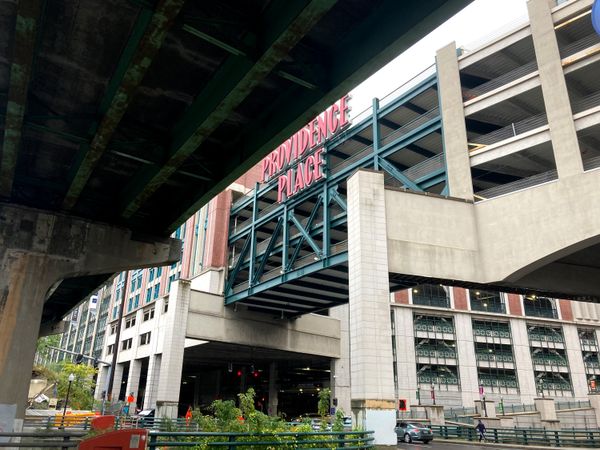
The Providence Place mall was conceived as a major driver of economic development for the city.
Photo by Jeremy Workman
The early 2000s “secret mall apartment” was born at a time of strife in Providence’s real estate market. After more than 150 years of industry driving the local economy, the mid-20th century saw production dwindle, and the city became home to a large community of artists. Then, near the turn of the century, the city’s economy shifted again. The abandoned textile mills where these artists lived and worked were demolished, pushing them out. Simultaneously, Providence Place was being built, promising to bring the city into a new era of economic prosperity. Today, the remaining mills are still under threat and Providence Place has an uncertain future, effectively declaring the state-level equivalent of bankruptcy. Ironically, some are now calling for the redevelopment of the massive mall into housing. I spoke with Valdez Young and Townsend about making a home in the mall, the state of Providence real estate, and (surprisingly) how Dwell influenced their secret apartment. Our conversation has been edited and condensed for clarity.
What was the genesis of living at the mall?
Michael Townsend: I had a habit of jogging past the mall’s construction site. I identified a space that didn’t fit into my calculus of usefulness. It didn’t seem like stores or parking. When Adriana and I went to look, we shimmed in, and miraculously, [the empty nook] was there.
Adriana Valdez Young: The project was about knowing the enemy, but also knowing what the future looked like. If the mall was the ideal version of Providence or the modern American city, then we had this curiosity to better understand how this behemoth worked. And if there was room for us in its future.
Providence Place was pitched to residents as integral to the city’s revitalization. What was the development’s ideal vision of Providence?
MT: The [mall’s] advertising campaign had two words: “Defining You.” It was everywhere. We embraced it as a challenge and a threat simultaneously. How far will we let this building define us?

Adriana Valdez Young’s spin on the “Defining You” ad campaign sits nears her key to the secret mall apartment (with the flames decal) and books she says she read while working on the unit.
Photo by Adriana Valdez Young
AVY: This campaign was, oddly, for nothing, right? It was about defining the future of retail and of the city. The massive square footage of this shopping center far exceeded all the total retail in downtown Providence. There’s no need to revitalize your little local economy. Don’t worry. We’re just taking care of it in one strike. The mall had a Tiffany’s. There was a Brooks Brothers. How many people are wearing Brooks Brothers in downtown Providence? Nobody, right? It was an image of a lifestyle that didn’t reflect local culture.
When we were developing the apartment and hanging out at the mall as good shopper citizens, I remember [thinking about] the phrase “critique through hyperconformity.” What if we did follow the rules and let them all define us? What would that look like?
At some point, I recreated the “Defining You” ads. I bought everything from the mall, staged it, and returned it. It was like $1,000 to get everything you want from one picture. The math does not work when you try to achieve that kind of perfection—maybe for the one percent.
Were you viewing this as an art project or a political response to the housing situation in Providence at the time?
MT: This question gets asked a lot. In my memory of the arrest, one of the clear thoughts I had was, Oh no, now I have to curate the story. Until that point, and I know this may sound ridiculous, but it was just our life. That was just how we lived our life. There were eight artists involved in this project, but we made the decision that Adriana and I would be a good face. The idea of a couple who’s trying to make it.
AVY: The shared American narrative.
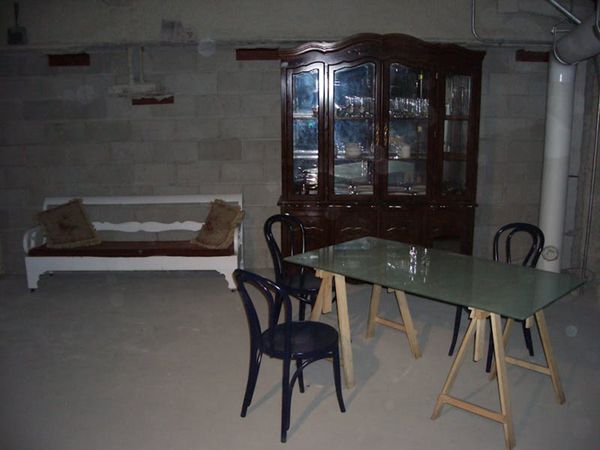
The group snuck a dining table and other furniture into their hidden living space.T
Photo by Michael Townsend
See the full story on Dwell.com: They Lived in a “Secret Mall Apartment” for Years. Now, They’re Telling the Story
Related stories:
